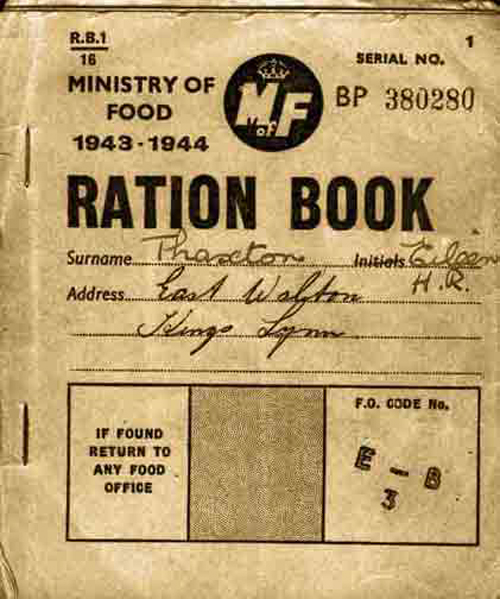

| Visitors Now: | |
| Total Visits: | |
| Total Stories: |

| Story Views | |
| Now: | |
| Last Hour: | |
| Last 24 Hours: | |
| Total: | |
Coronation chicken
Throughout the Second World War, the British Isles were on the front line. Its cities were pulverised – first by the relentless bombing of the Blitz and then, just as victory seemed within grasp, by V-1 and V-2 rockets.
Of all the complaints made by a war-weary population, food rationing aroused the bitterest resentment. The public accepted the need for restrictions – approximately 70% of the island’s food was imported and the oceanic lifelines were repeatedly cut by German attacks. But six years of ersatz coffee, Woolton pies and pitiful meat allowances took their toll.
People could, and did, Dig for Victory, Lend a Hand on the Land and Eat Greens for Health. They were bombarded with well meaning Ministry of Food tips at the cinema. But ultimately, you couldn’t eat good intentions or advice.
Across the country, people expressed joy at the end of the war, their happiness fuelled by an expectation of restored food supplies and an end to rationing. This joy would soon turn sour as rationing not only continued well in to the 1950s, but also expanded to cover staple foods that had escaped restrictions during the war years. On 27 May 1945, just three weeks after VE Day, the already tight food ration was cut.
The quality of bread and the size of loaves had been reduced throughout the war, but it was only in 1946 that it was rationed. For two hungry years, British people faced restrictions on the amount of bread they could buy. In 1947, bread was joined by potatoes thus ensuring two key staples of British food were now rationed.
Supplies would improve towards the end of the decade, but the UK would still enter the 1950s with restrictions on the supply of meat and sugar. My dad, born in 1947, vividly remembers going to the local Co-op in the 1950s with the family ration book to get a small bag of sweets. The Queen’s coronation was marked by a special extra ration of 1lb of sugar and 4oz of margarine.
Post-war Britain had to carry on making do as the authorities struggled to mend the food supply chain. Strange substitutes arrived on the shelves – whale and horse meat made uncomfortable additions to the meat ration and a whole generation whinces at the mention of snoek: “a strange and unloved tinned fish from South Africa.”
But, step by step and not quickly enough for an impatient population, restrictions were gradually lifted. Flour was free of control from 25 July 1948, clothes from 15 March 1949. Year after year, more and more products would be removed from ration books – canned and dried fruit, chocolate biscuits, treacle, syrup, jellies and mincemeat in 1950 and sugar and butter in 1953.
It was only on 4 July 1954 that rationing in the UK finally came to an end. The end of the restrictions came fully nine years after the end of the war in Europe and 14 years after the introduction of rationing. ‘Derationing day’ was marked by celebrations across the country, including the burning of ration books and a housewives’ ceremony in Trafalgar Square.
2012-08-25 14:01:13
Source:






